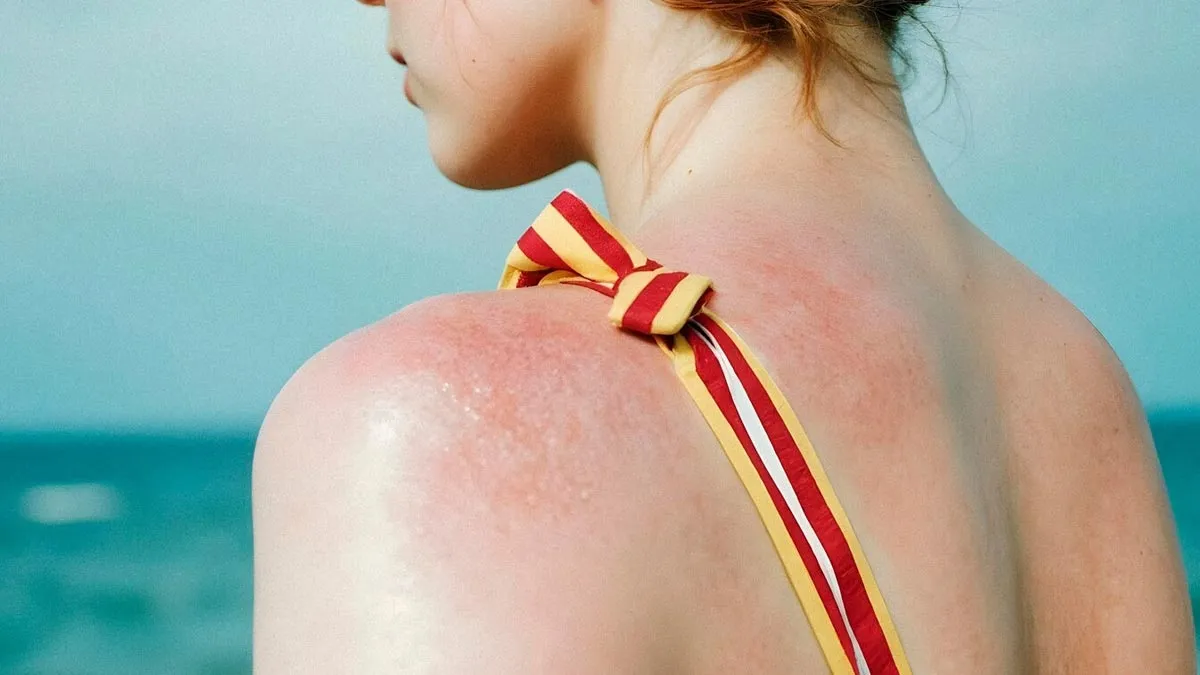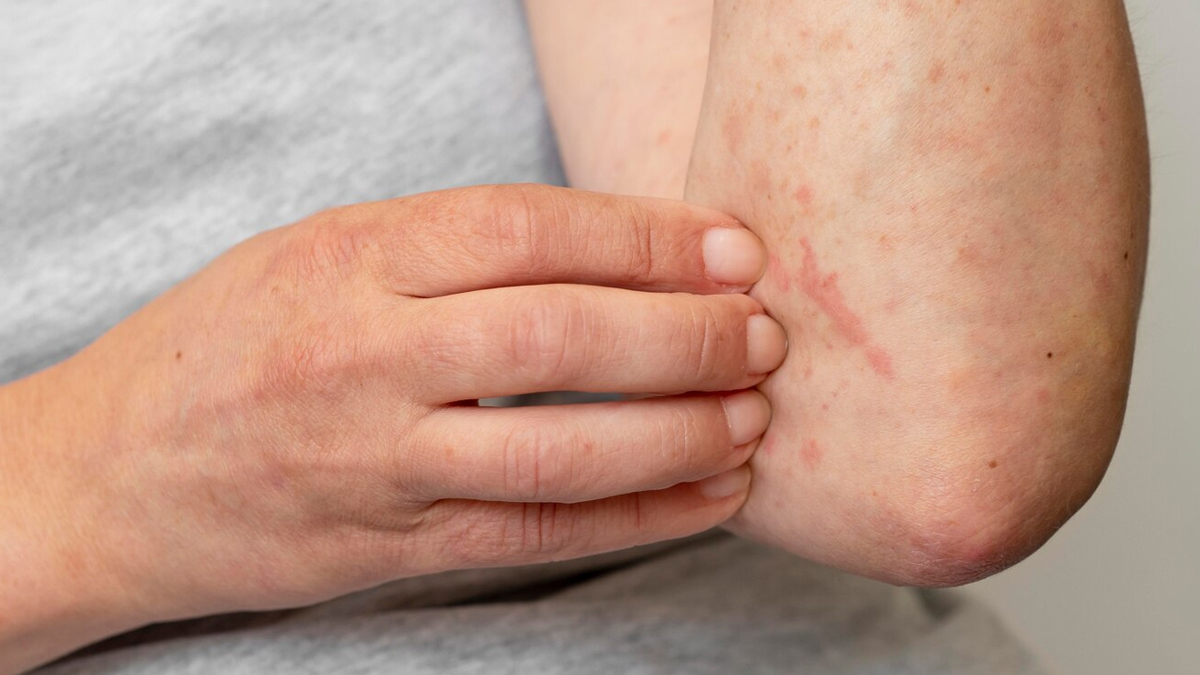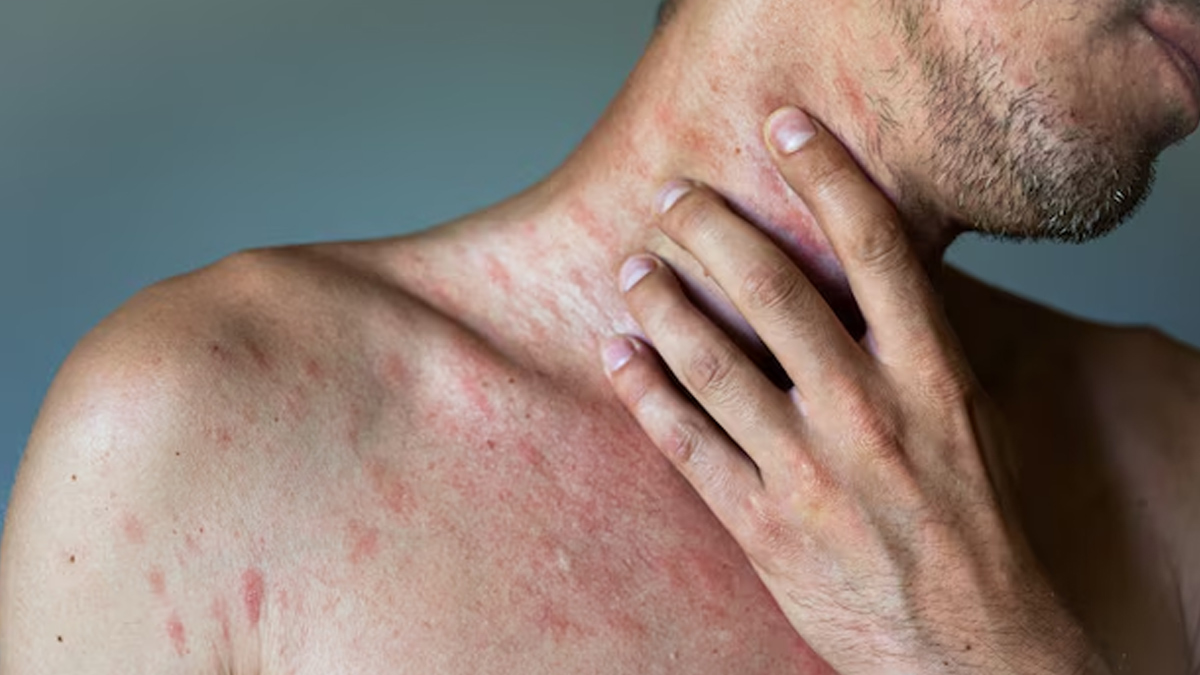
Peak summer has arrived in various parts of India, and people are looking for ways to survive it. While hill stations have become one of the favourite getaways, many enjoy going swimming with their family and friends. If you’re someone who prefers the latter, it’s important to be mindful of a few risks, especially when diving into natural water bodies like lakes, rivers, or the sea. One such concern to watch out for is swimmer’s itch, a skin condition that can affect those venturing into freshwater or saltwater spots in the wild.
Table of Content:-
What Is A Swimmer's Itch?

Dr B Sujeeth Kumar, Professor and Senior Consultant, Laparoscopic and Robotic Surgeon, Department of General, Surgical GI and Laparoscopic Surgery, Apollo Clinic, Bengaluru, describes swimmer’s itch, also known as cercarial dermatitis, as a skin rash caused by an allergic reaction to microscopic parasites. These parasites, found in contaminated fresh or saltwater, typically infect birds or mammals but can accidentally penetrate human skin, triggering an immune response.
Also Read: Do You Have Shoulder Pain After Swimming? This May Be Due To Swimmer's Shoulders
“People who swim or wade in infested water are most at risk,” says Dr Kumar, adding that children are especially vulnerable due to prolonged water exposure and more sensitive skin. The condition is more prevalent in warmer months when waterfowl populations and snail hosts increase.
Symptoms of Swimmer's Itch

According to the American Osteopathic College of Dermatology, swimmer's itch is usually not severe. "After the initial transient itching, it will disappear without treatment. The itching occurs within 48 hours and may last up to 7 days," the health body reveals.
Symptoms usually begin with:
- Tingling or burning sensations shortly after leaving the water.
- Within minutes to hours, red, itchy bumps or blisters appear on exposed skin.
- The rash can worsen over a few days and generally resolves within a week.
Dr Kumar notes that swimmer’s itch is not contagious and poses no serious health risks. The parasites cannot survive in the human body and die soon after entry. However, scratching the rash can cause secondary bacterial infections, which may require medical attention.
Treatment For Swimmer's Itch
Treatment focuses on relieving itching and discomfort.
Over-The-Counter (OTC) antihistamines, calamine lotion, and corticosteroid creams are commonly recommended. Keeping fingernails trimmed and avoiding scratching can help prevent complications.
Also Read: Swimming For All Ages: Why It's the Perfect Fitness Activity for Everyone
Prevention Is Key

It is crucial to prevent swimmer’s itch, and that can be done through various mindful steps. These include:
- Avoid swimming in areas known for outbreaks.
- Towel off thoroughly after swimming.
- Take a fresh water shower immediately.
- Avoid shallow, warm waters and swimming near flocks of birds.
“If the rash persists beyond a week, worsens significantly, or shows signs of infection (like pus, swelling, or fever), consult a healthcare provider for evaluation and further treatment,” Dr Kumar concludes.
Also watch this video
How we keep this article up to date:
We work with experts and keep a close eye on the latest in health and wellness. Whenever there is a new research or helpful information, we update our articles with accurate and useful advice.
Current Version